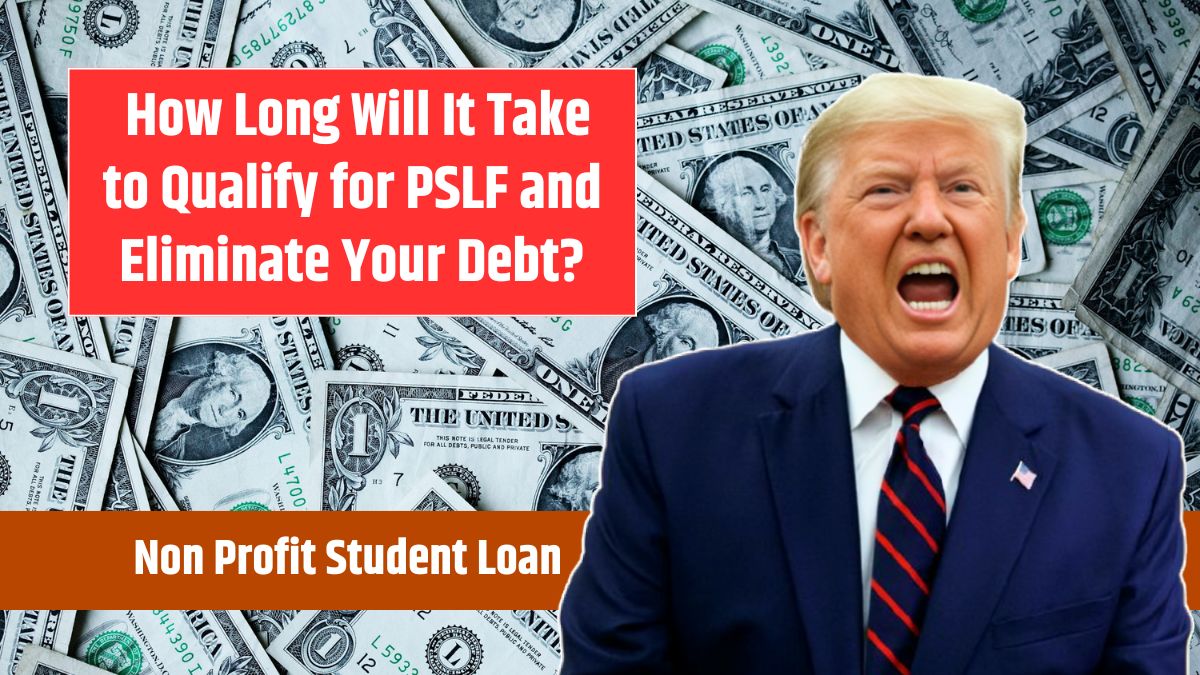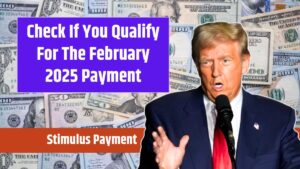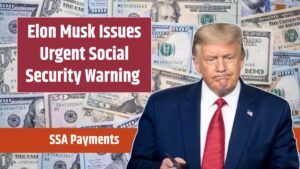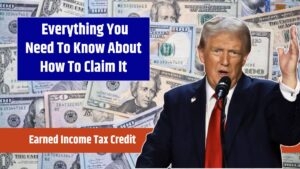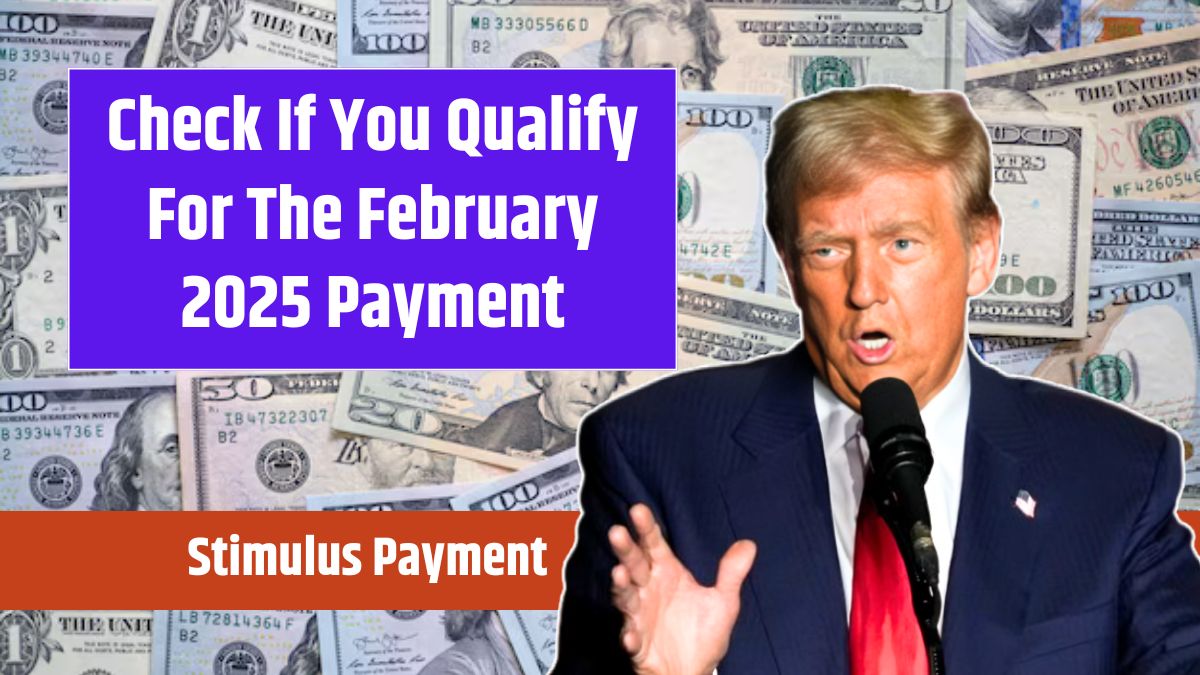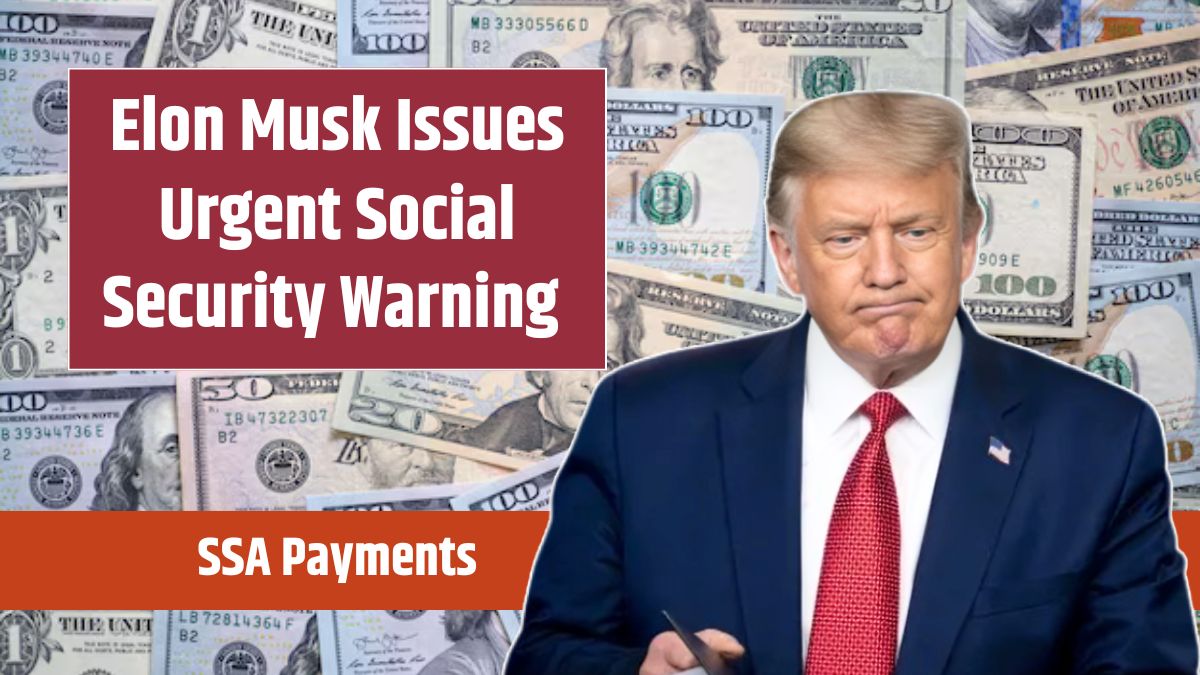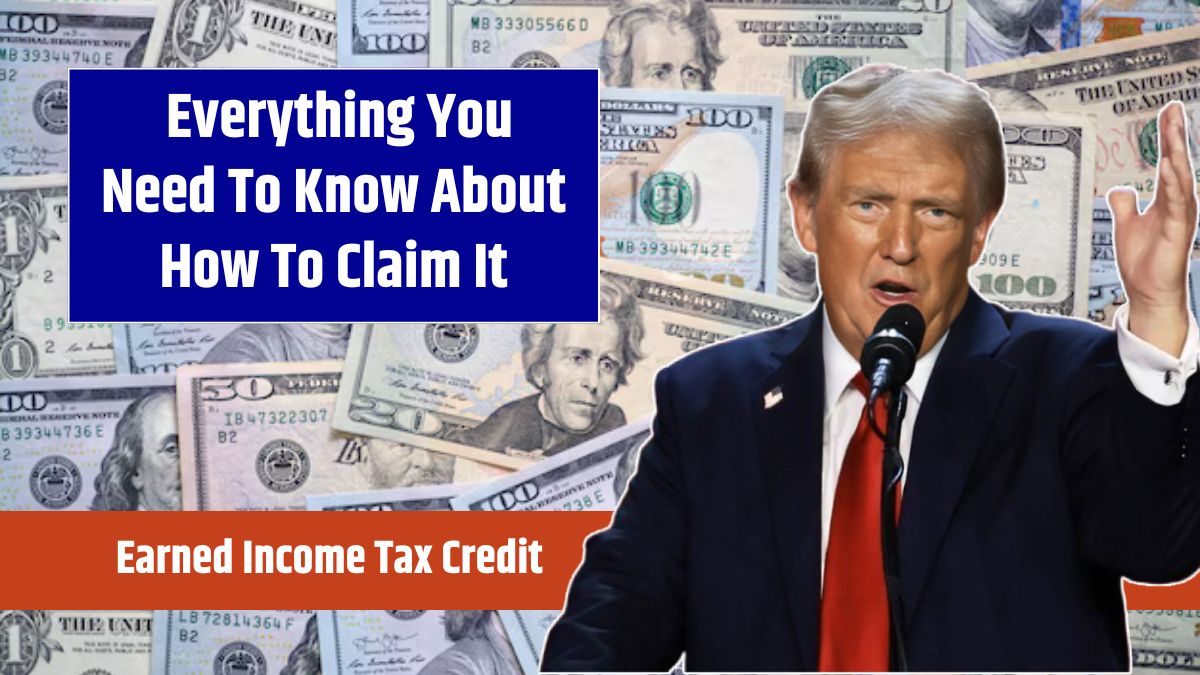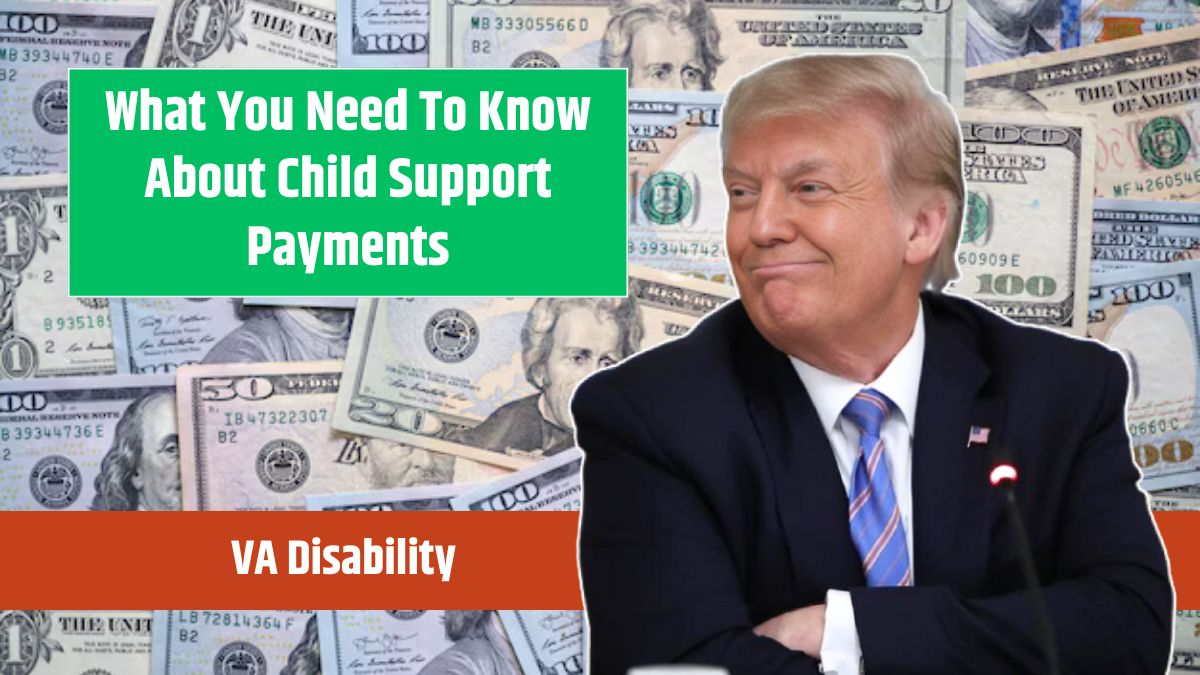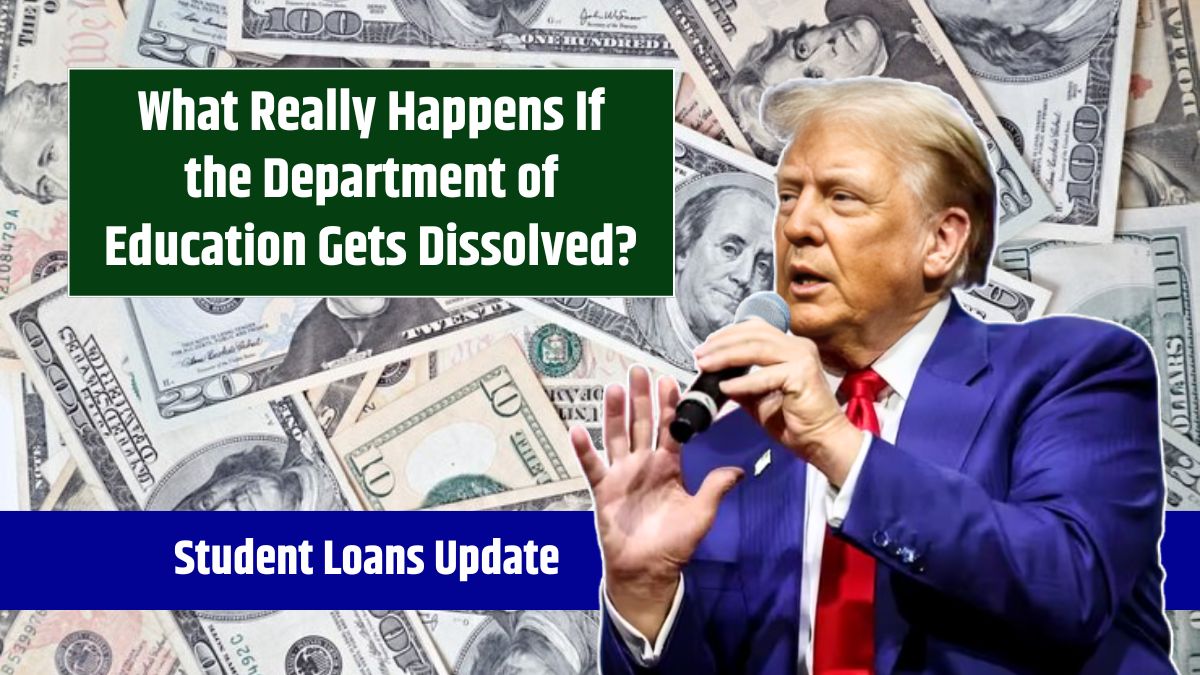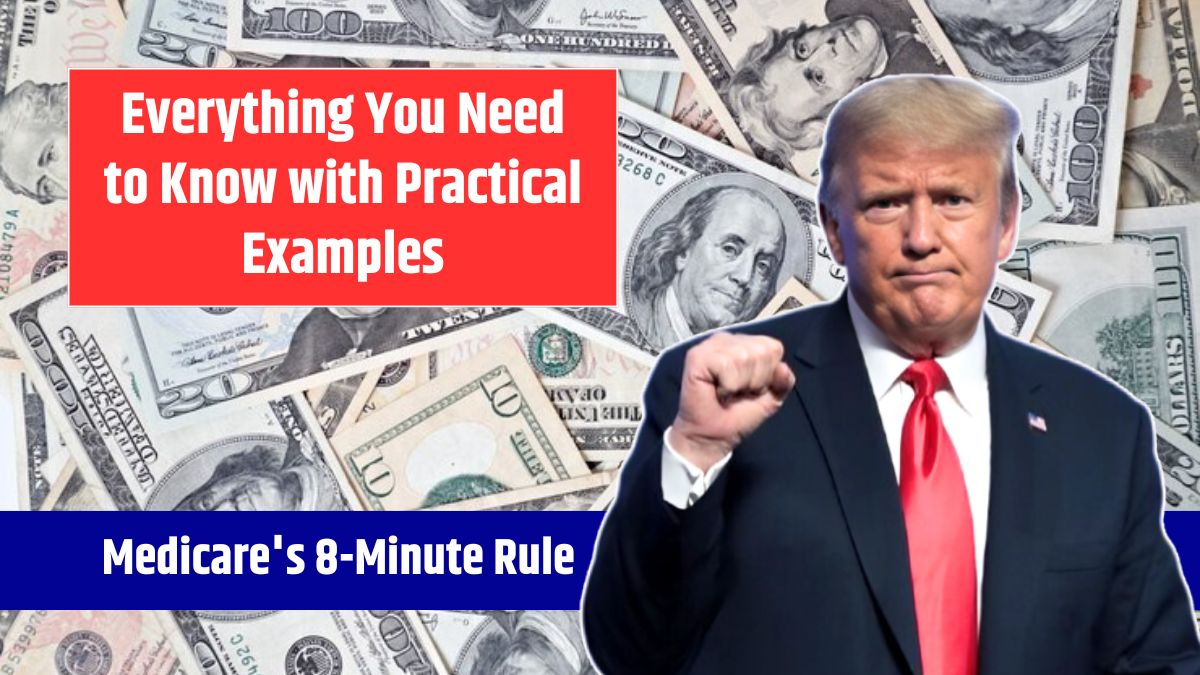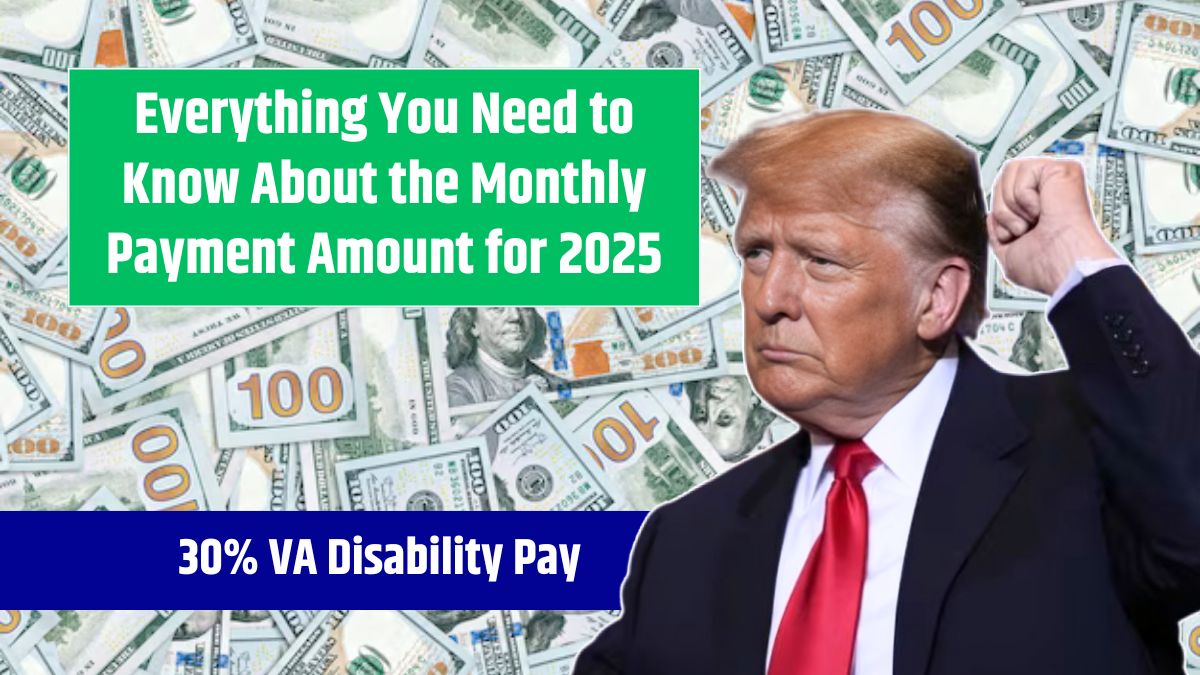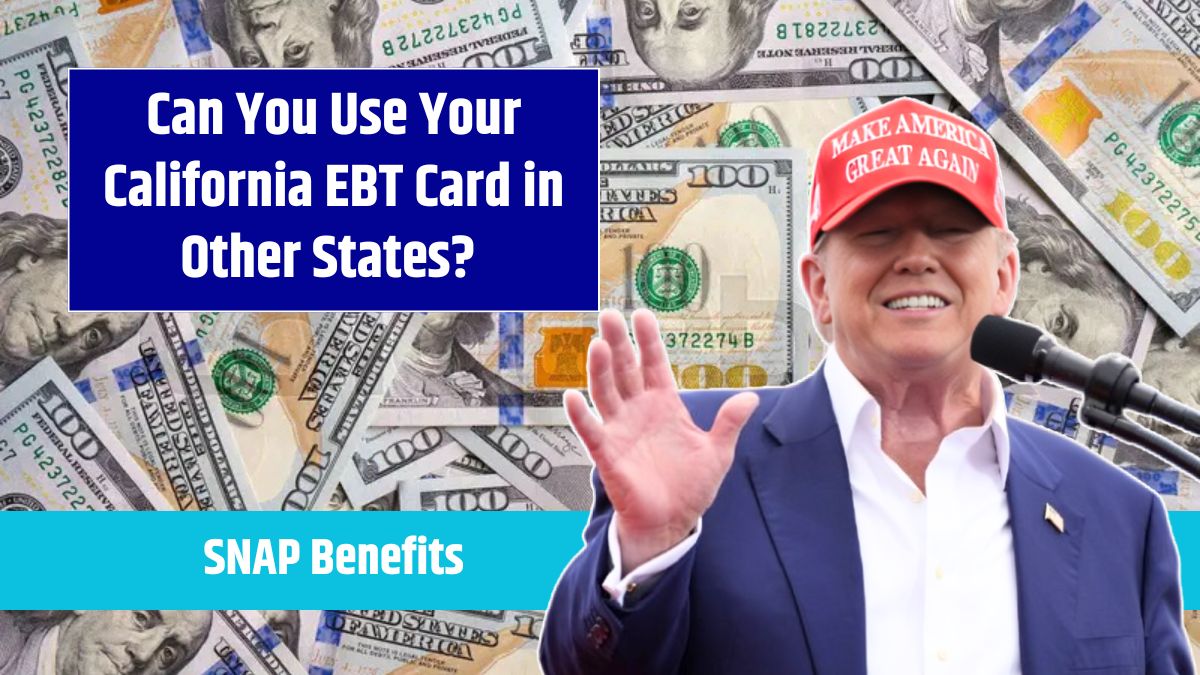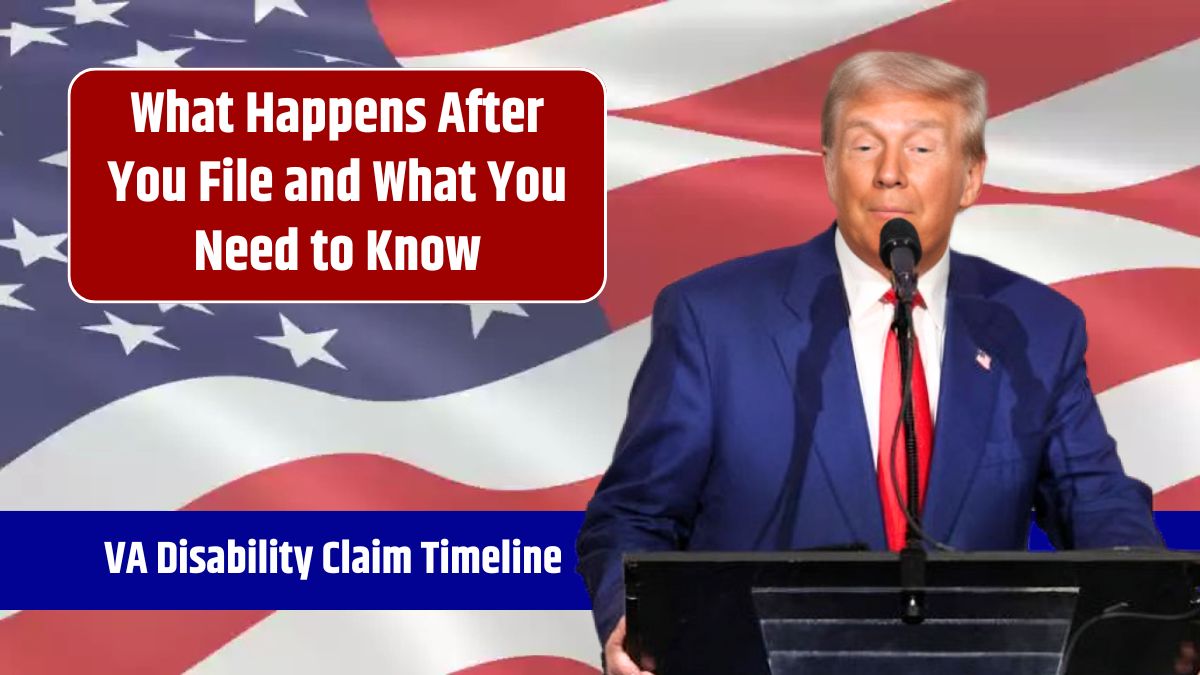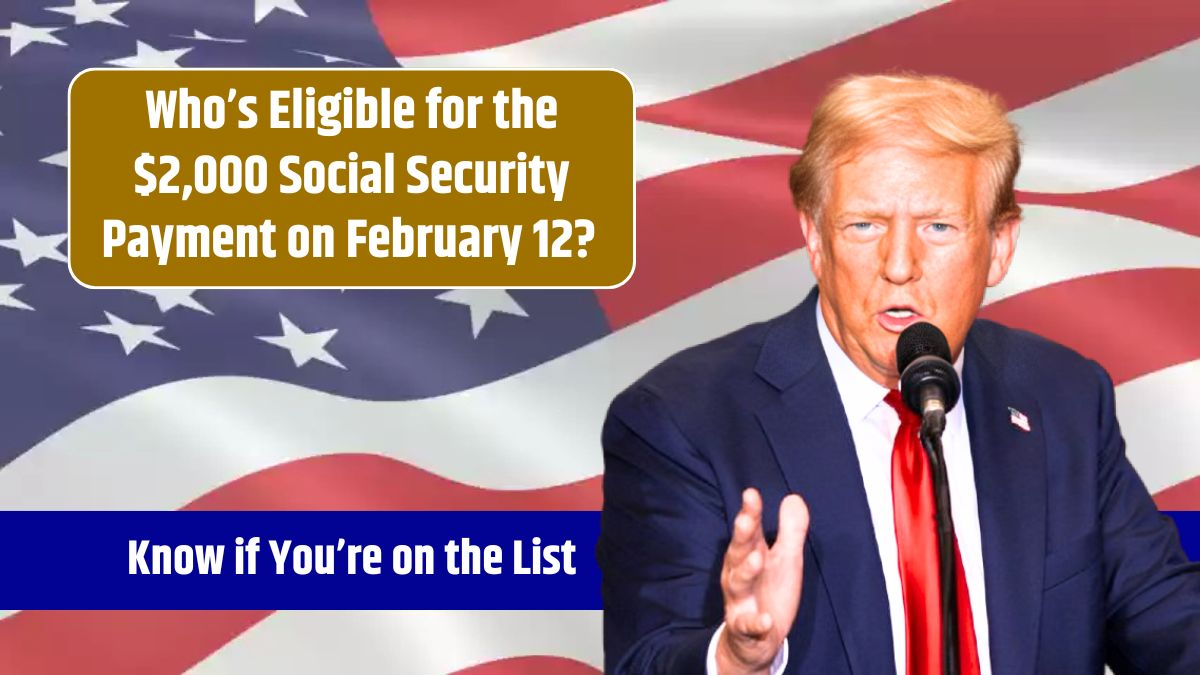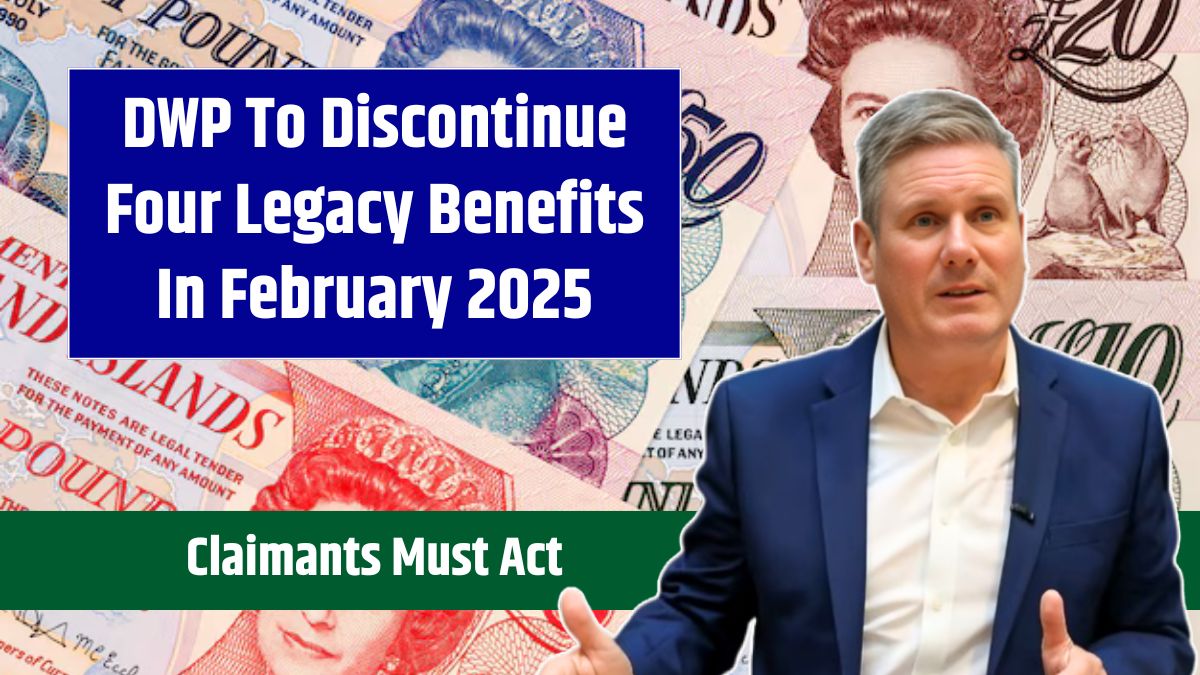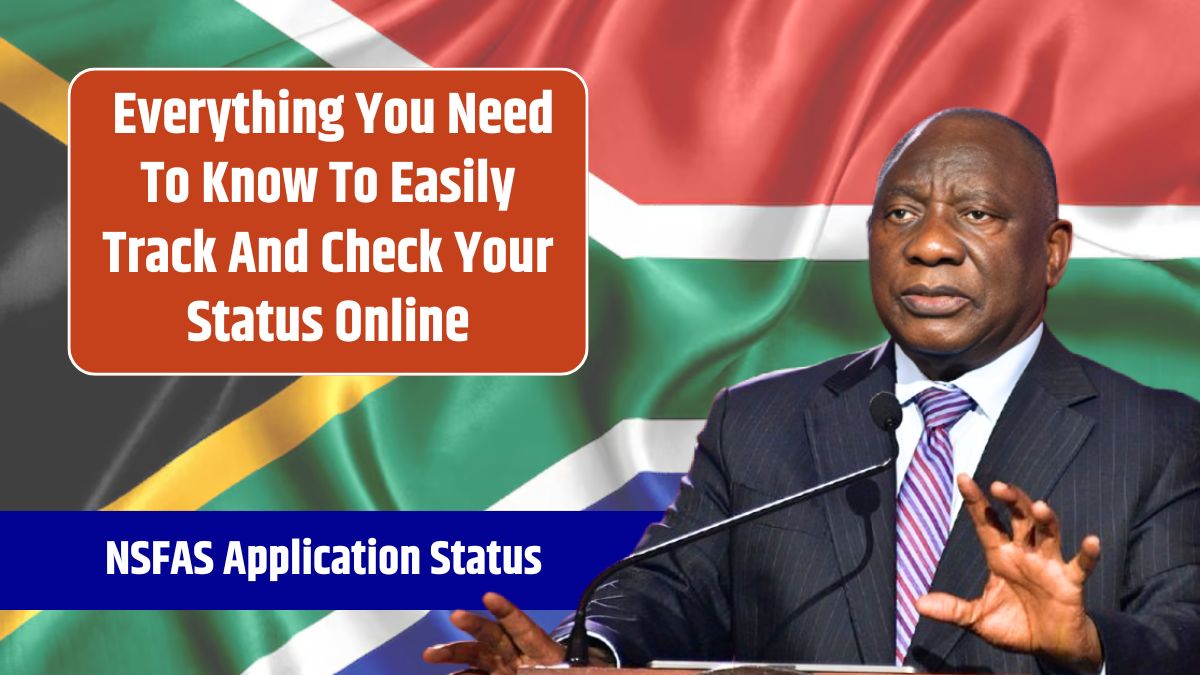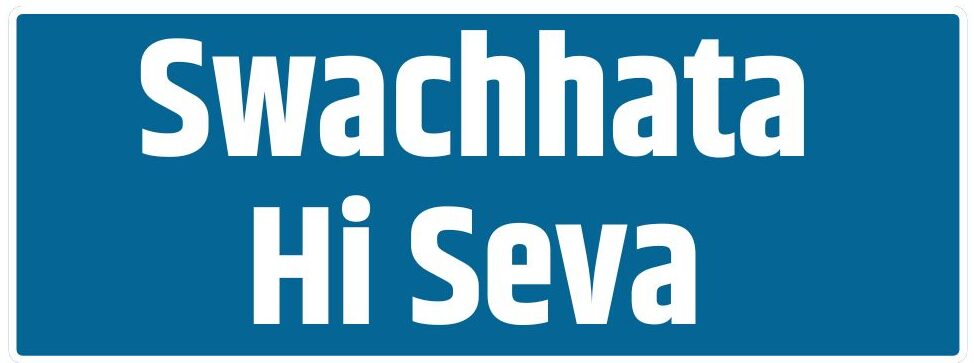The new presidency of Donald Trump has created uncertainty for millions of student loan borrowers. Over the past four years, the Biden administration approved nearly $175 billion in student debt relief, benefiting around five million borrowers through existing programs like Public Service Loan Forgiveness (PSLF), Income-Driven Repayment (IDR) plans, and borrower defense and disability discharges.
With Trump returning to office, many are wondering: Will student loan forgiveness continue? Here’s what we know so far.
Student Loan
During his previous administration, Trump opposed large-scale student debt cancellation, favoring simpler repayment plans over outright forgiveness.
Experts believe that while new forgiveness efforts are unlikely, borrowers who already had loans forgiven under Biden’s plans are safe and will not have to repay their discharged debt.
However, it is expected that Trump’s administration will:
- End new student loan forgiveness initiatives
- Restrict PSLF and IDR program expansions
- Focus on repayment plan reforms rather than debt cancellation
Borrowers who still have outstanding student loans should stay updated on policy changes that may affect their repayment options.
How to Qualify
If you’re working toward Public Service Loan Forgiveness (PSLF), it’s important to meet all eligibility requirements to secure your forgiveness before any potential policy shifts.
Eligibility Requirements
To qualify for PSLF, you must:
- Make 120 qualifying monthly payments under an accepted repayment plan.
- Work full-time for an eligible employer, such as a government or non-profit organization.
Since PSLF requires 10 years of qualifying payments, borrowers should stay with a qualifying employer and keep detailed records of payments and employment status.
How to Apply
The easiest way to apply for PSLF is by using the PSLF Help Tool through the Federal Student Aid website. This tool allows you to:
- Check if your employer qualifies for PSLF.
- Request an eligibility review if your employer isn’t in the database.
- Generate, sign, and submit your PSLF form electronically or manually.
- Request employer certification and signature directly through the tool.
It’s essential to continue making qualifying payments and ensure your employer is eligible when you apply for loan forgiveness.
What Borrowers Should Do Next
If you’re pursuing PSLF or other student loan forgiveness options, consider these steps:
- Submit your PSLF form early to confirm your qualifying payments.
- Keep records of your employment and payments in case of future policy changes.
- Look into alternative repayment plans if forgiveness options become more restrictive under Trump.
- Stay informed by checking updates from the Department of Education and Federal Student Aid.
While Trump’s administration is expected to roll back student loan forgiveness efforts, borrowers who already received relief should be safe. Those still working toward forgiveness must act quickly and stay prepared for possible policy changes in the coming months.
FAQs
Will Trump cancel student loan forgiveness?
Trump is expected to stop new forgiveness efforts but won’t reverse already forgiven loans.
Can I still qualify for PSLF under Trump?
Yes, but potential restrictions may be introduced. Submit your PSLF form as soon as possible.
How do I apply for PSLF?
Use the PSLF Help Tool on the Federal Student Aid website to check eligibility and submit your form.
What happens if my employer is not in the PSLF database?
You can request an eligibility review through the PSLF Help Tool.
Do I need to keep working for a qualifying employer for PSLF?
Yes, you must be employed by a qualifying employer when you submit your application.
